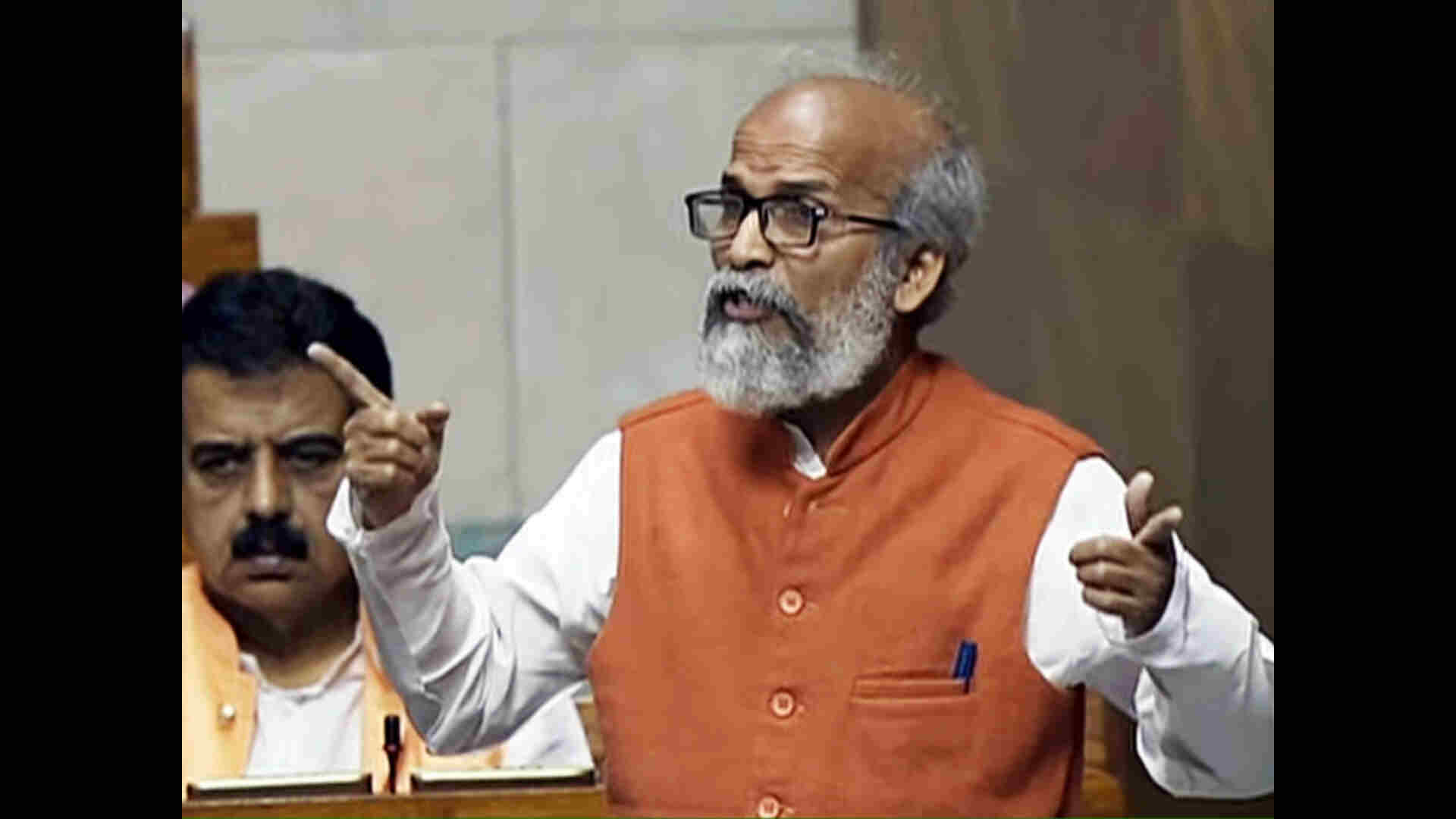There are several interesting dimensions to the new agriculture laws and the Opposition. In India every producer has the freedom to sell their output to anyone. So far this was true for every category except the farmers. Under the new laws, the farmers will have the choice to sell directly or through an intermediary.
What is the farm bill about?
There are three different laws within the reforms enacted by the government. These laws will allow farmers to sell their produce to anyone. So far, they were bound to sell their produce at a local registered market. Since the farmers didn’t have the choice, they accepted any price offered by the market. Under the new laws, farmers can also sell directly to an institutional and individual buyer. Small and marginal growers can come together to form Farmer Producer Organisations (like a cooperative) and bargain collectively for better prices. Many of those who are routinely upset over farmer suicides should welcome the new laws since they will strengthen the selling power of farmers.
What are the objections?
The objections have been raised on the fears that the minimum support price for some categories of agricultural products will be removed. However, the government and the Prime Minister had declared this will not happen. The real fear is about controlling the agriculture market. With the farmers free to sell anywhere, the regional market management often controlled by regional political leaders will no longer control prices. The earnings made by the middlemen will be deeply dented under the new laws. It is very simple, if farmers sell directly to buyers, the intermediaries will lose all relevance and earnings. By removing the intermediary, farmers can earn more while consumers can pay less.
Why is MSP important
For many decades the minimum support price (MSP) offered by the government brought basic prices to some farmers to insulate them from the swing between glut and scarcity of produce. However, this is a limited tool. The government procures only wheat and rice for keeping buffer stocks.
The Commission of Agriculture Cost and Pricing has recommended MSP only for 23 commodities. These include 7 cereals (paddy, wheat, maize, sorghum, pearl millet, barley and ragi), 5 pulses (gram, tur, moong, urad, lentil), 7 oilseeds (groundnut, rapeseed-mustard, soyabean, sesame, sunflower, safflower, nigerseed), and 4 commercial crops (copra, sugarcane, cotton and raw jute). An overwhelming number of agricultural products do not get a guaranteed price.
The Opposition leaders are misleading everyone by saying that MSP is for every agri product and that it is being removed. If every product had an MSP, the fundamentals of the free market would collapse. Only 6% of the farmers get MSP benefits. These are the top few farmers. And these are the ones who are protesting about MSP the most.
Who will benefit from agitation?
The stir against the farm laws have been led by political impulses. The removal of intermediaries has slashed the earnings of an ecosystem which earned the difference between the price paid to farmers and the prices paid by end consumers. Even while accommodating for logistics cost, the intermediary made more profits than the farmer. So far, the main opposition has come from states governed by Congress, including Punjab, Rajasthan and Chhattisgarh. However, it is unlikely that the Congress will get significant political gains from the issues.
The writer is the author of the book, ‘India Automated’.















